WHAT ARE PINE CONES?
Pine cones grow on pine trees. They are how pine trees reproduce, or, in other words, make more trees. Usually, male and female pine cones are born on the same tree. Typically, the male cones, which produce pollen, are located on the lower branches of the tree. This is to prevent the pollen from falling on the female cones of the same tree.
When you imagine a pine cone, you are probably imagining a female pine cone with woody, spirally scales. This is because male pine cones are much smaller and live only for a short length of time, usually in the spring. Male pine cones do not make the hard-shelled woody case like the female pine cones do. They are soft and spongy.
Female pine cones use their woody structure to keep their seeds safe. They keep their seeds safe so the seeds can hopefully be pollinated and grow. Each female pine cone has numerous spirally arranged scales, with two seeds on each fertile scale.
Male pine cones produce pollen, which is like a powder. The male cones release their pollen, which is carried around the air by blowing wind, and hopefully to another female pine cone on a different pine tree. If the pollen reaches a female pine cone, this process is called pollination.
After pollination, and as time passes (usually about two to three years), the pollinated pine seeds grow and eventually peel loose and off of the cone and fall to the ground. If a good spot for the seed is available, a new pine tree will grow! However, there are many ways fertilized pine seeds can move from place to place.

The female pine cones are at the top of the photo.
The male pine cones are at the bottom of the photo.
HOW DO FERTILIZED SEEDS MOVE?
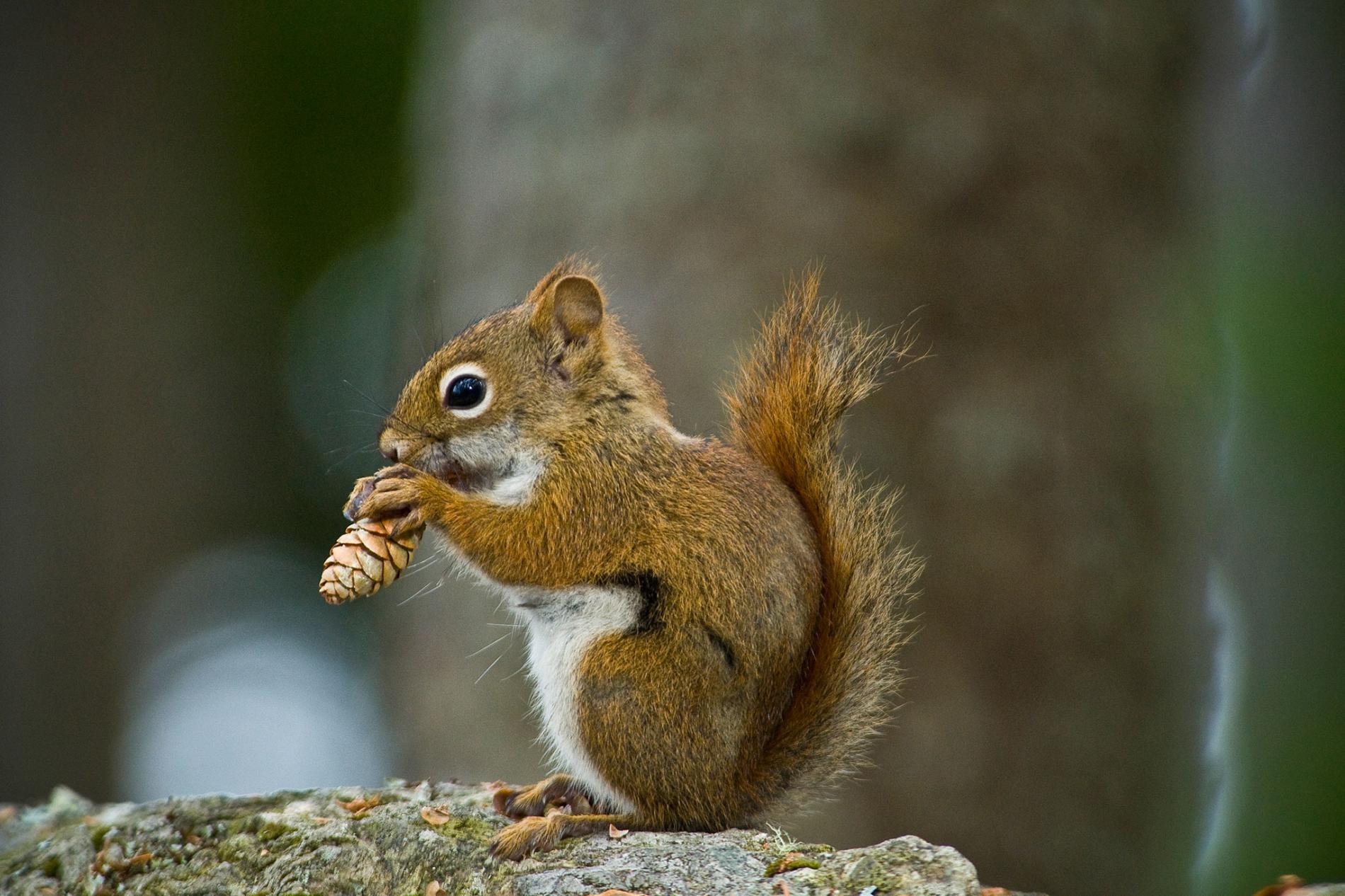
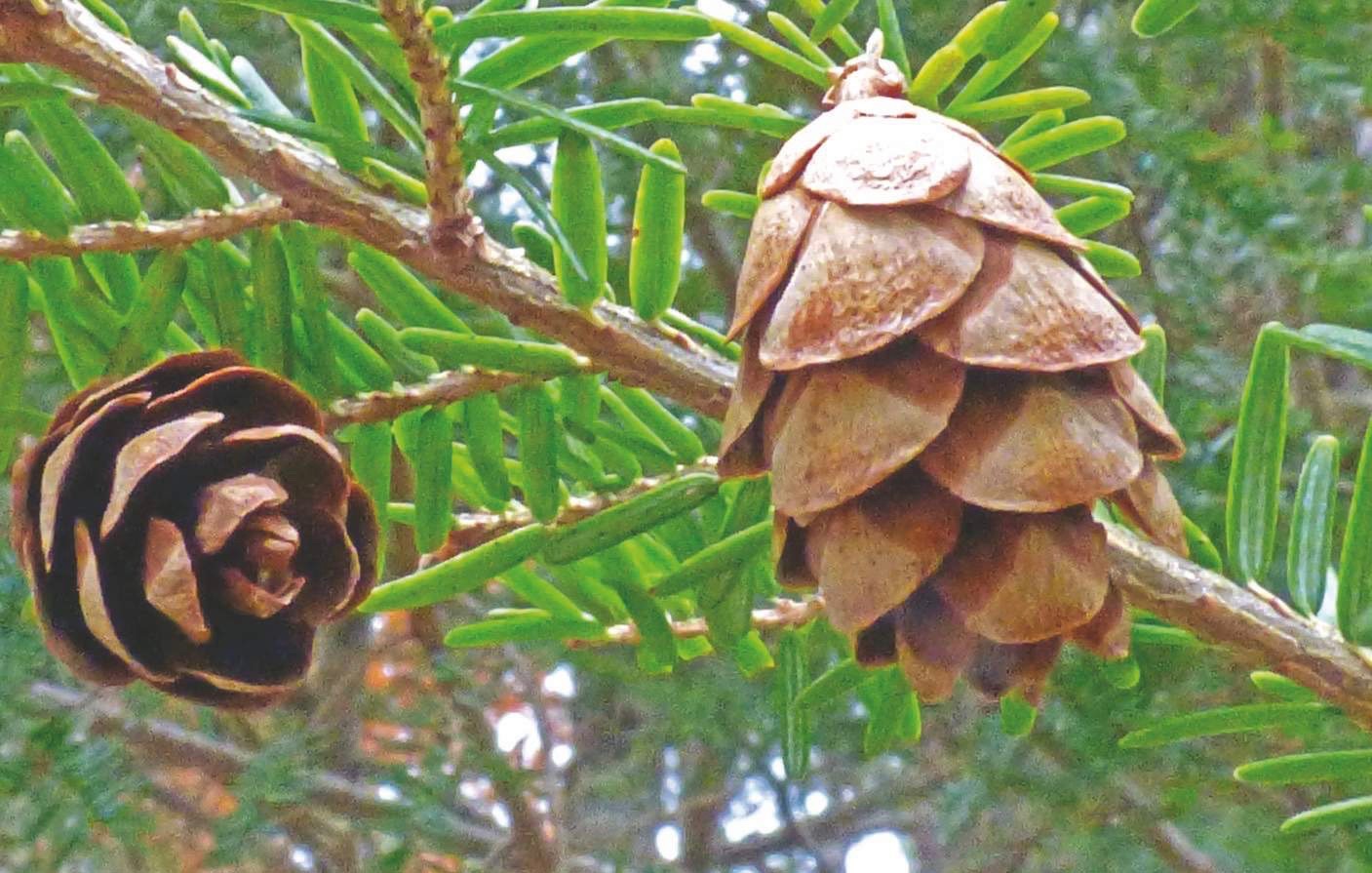
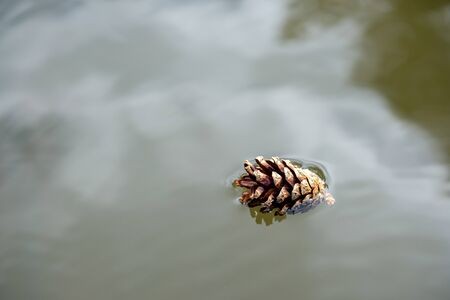

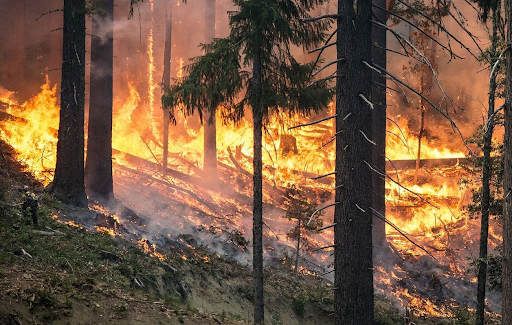
ANIMALS
Animals eat pine seeds, move to another area, and spread them around by defecation, or in other words, pooping them out.
WIND
If the pine seeds are in a windy environment, they can be blown around and spread. On some pine cones, the scale with the nutlike seed, can expand to form a wing for airborne dispersal.
WATER
Pine cones can move around by falling into water. Pine cones float. Currents can carry seeds across oceans, lakes and rivers, and they end up on shores where they can grow.
PEOPLE
Humans plant pine seeds to create tree farms. They also find pine cones and move them. Have you ever picked up a pine cone and carried it away?
FIRE
Plants cannot run away from a fire, so some some species of pine trees developed a way to help their seeds survive. Some species of pine tree need the heat from a fire for their cones to open and release seeds.
PINECONE SCIENCE
Did you know that female pine cones open and close depending on the weather? It’s true! When a female pine cone is in a warm and dry place, the pine cone opens up to expose the cone’s seeds. When it is in a damp or cold place, the scales close up tightly. This is how a female pine cone protects its seeds. She keeps them safe from the rain and cold air. Watch this fast time-lapse video to see it in action!
HANDS-ON EXPERIMENT YOU CAN TRY AT HOME
SUPPLIES
- 2 Pine cones or more
- 2 Bowls
- Water, both hot and cold
- 1 Slotted spoon (optional)
INSTRUCTIONS
Take a walk and gather at least two pine cones.
At home, fill two bowls with water. Put hot water in one bowl. (Ask an adult to help make sure it’s not too hot!) Fill the other bowl with cold water.
Place a pine cone in each bowl. Does the pine cone float or sink? What else do you notice? Leave the pine cones in the water. Watch carefully and you’ll see the pine cones begin to close. Which one closes faster? The one in the hot water bowl or cold water bowl?
After the pine cones close up, use a slotted spoon or other tool to remove the pine cones from the water. Place the pine cones somewhere where they can dry inside.
Watch the pine cones over time. What happens? Note the changes! How long does it take them to reopen? Can you find pine cones from different types of pine trees? Do they open and close at the same rate? Make a guess, set up your experience, then test your hypothesis, just like a scientist!
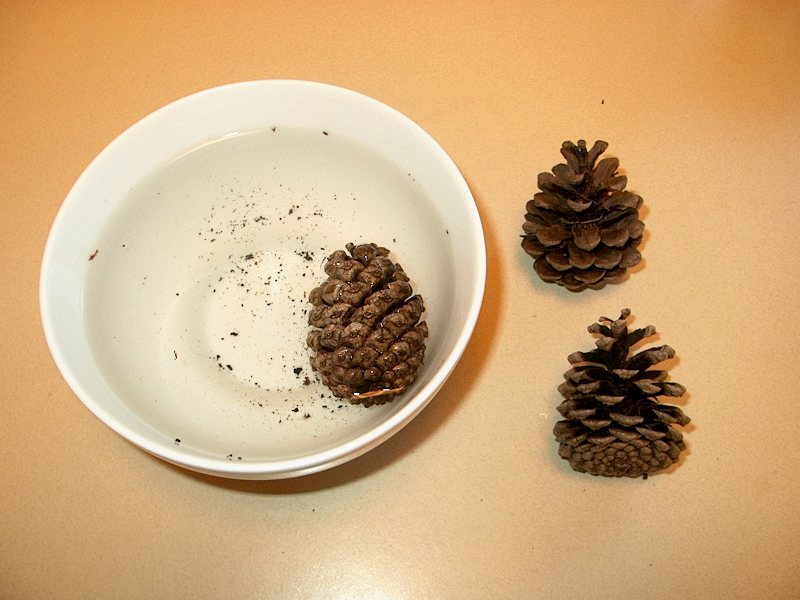
When it is damp or cold outside, the pine cone scales close up. But how does the female pine cone know the weather?
She responds to humidity, or in other words, the amount of water vapor floating around in the air. She can sense when rain and cold are coming and responds by closing. After the rain stops and as the sun dries up the environment, she reopens. Cool!
EATING PINE NUTS
Some types of pine cones have a part that is edible. Edible means something can be eaten. There are about 20 different types of pine trees with cones big enough to harvest pine nuts from. Humans can eat the nut, but not any other parts of the pine cone. You can see what harvested pine nuts look like in this photo.
Pine nuts, also known as pignolia nuts, are most commonly used in baked goods such as cakes and cookies, but are also a tasty ingredient in salads and pesto sauce. Pine nuts are one of the most expensive nuts in the world. Why? The reason pine nuts are so expensive is because of the time required to grow the nuts and the effort it takes to harvest the seeds from their protective cone.
MAKE PESTO
Pesto is a tasty bright green sauce that originated in Genoa, Italy. It tastes great on pasta and on crackers. Some people put on sandwiches or on the outside of cooked chicken or potatoes. It can even replace the red sauce on a pizza.
INGREDIENTS
- 1/2 cup toasted pine nuts
- 2 tablespoons lemon juice
- 1 small garlic clove
- 1/4 teaspoon sea salt
- freshly ground black pepper
- 2 cups basil leaves
- 1/4 cup extra-virgin olive oil, more for a smoother pesto
- 1/4 cup grated parmesan cheese, optional
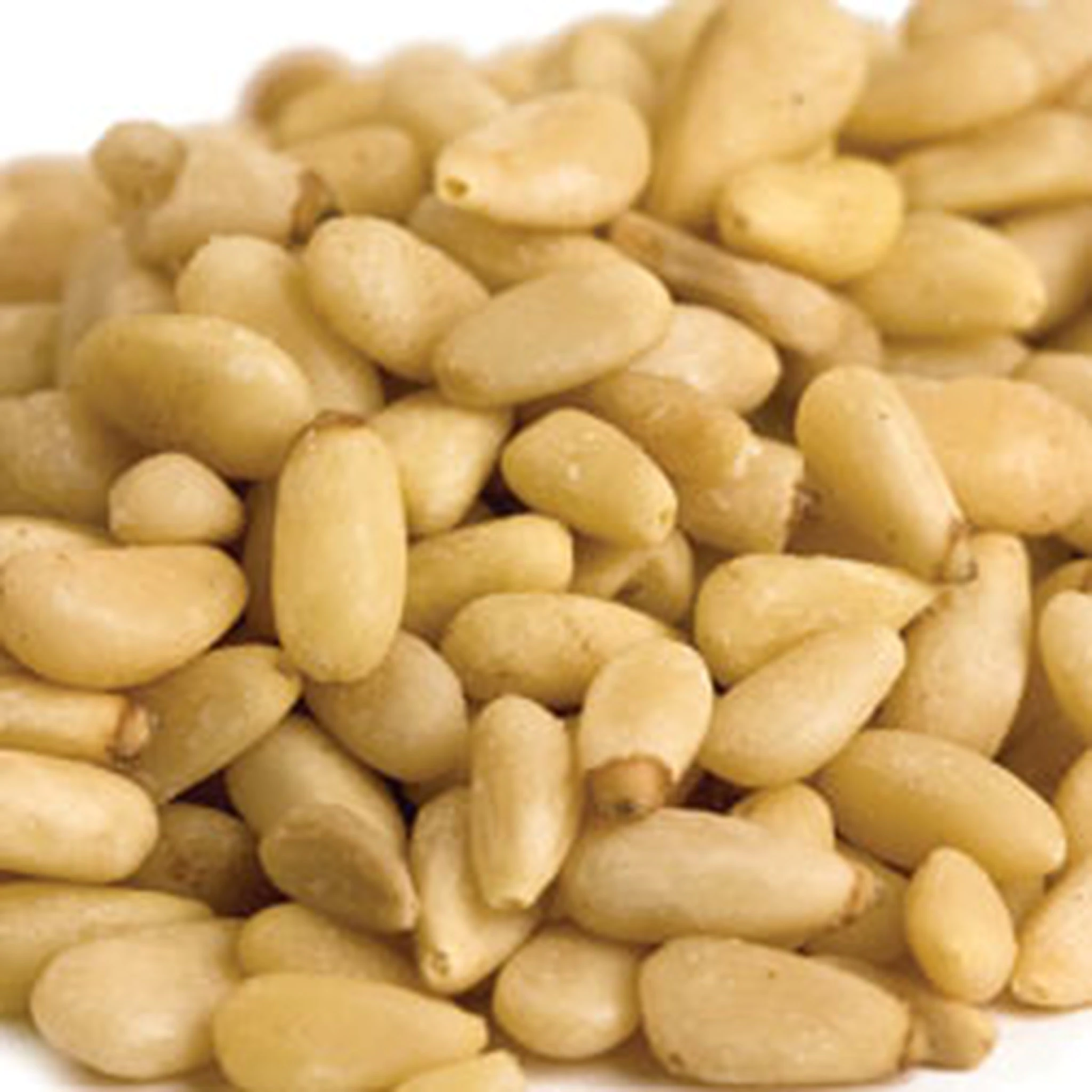
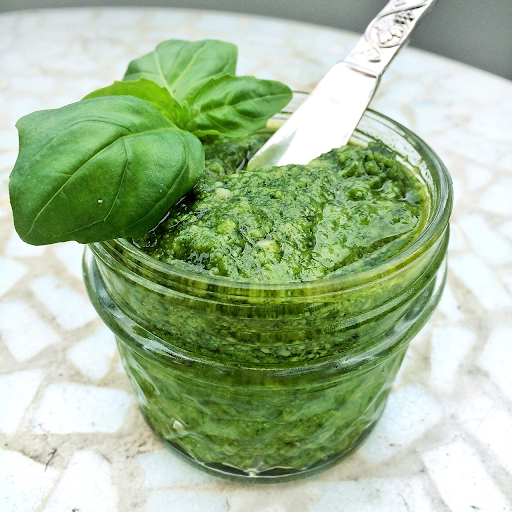
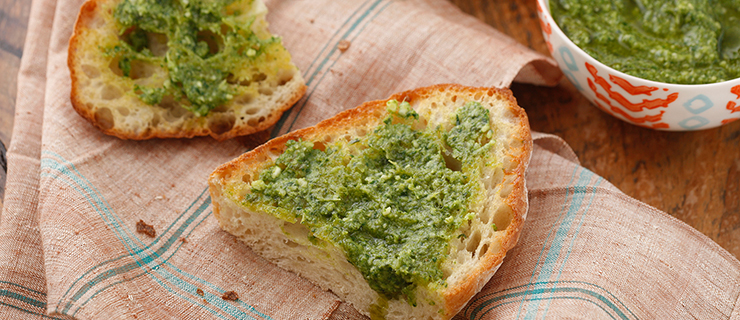
INSTRUCTIONS
MORE PINE CONE ACTIVITIES
PINE CONE BIRD FEEDERS
Help feed the birds over the winter with this fun and easy pine cone bird feeder project that uses peanut butter and bird seed.
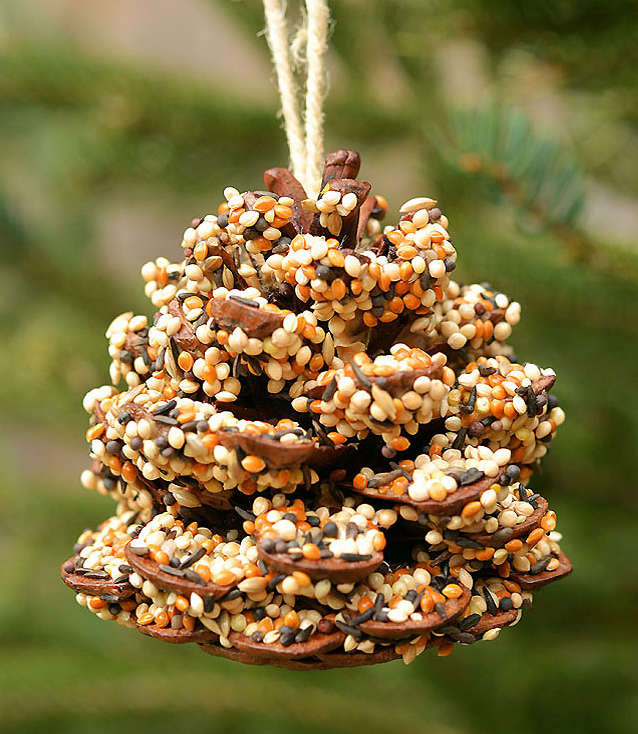
MAKE PINE CONE ART
Use whatever supplies you have at home to paint, or glue craft materials to a pine cone to turn it into something cute and decorative.
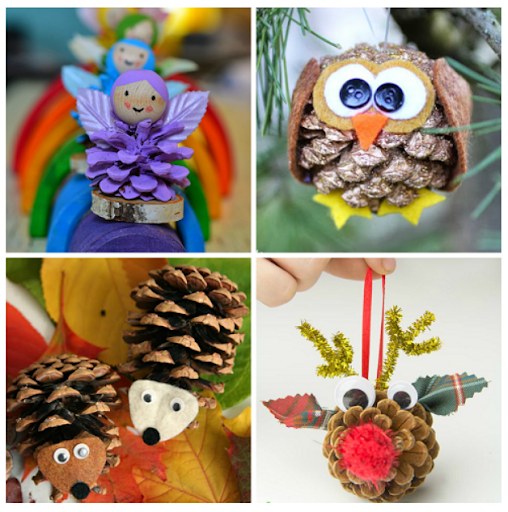
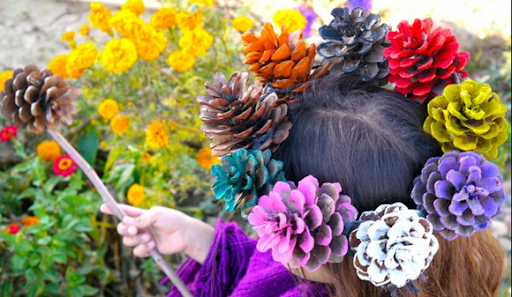
LEARN MORE ABOUT PINE CONES
The Coulter pine tree is a species of pine trees that produces HUGE pine cones. Coulter pine trees are native to the coastal mountains of Southern California & Northern Mexico, but are rarely found in the wild today. Coulter pine cones are nick-named “widowmakers” because they can weigh up to 11Ibs. Foresters had to wear hard hats when working in areas where these trees grew to keep themselves from being knocked out cold by a falling pine cone. Look at how big these pine cones are!
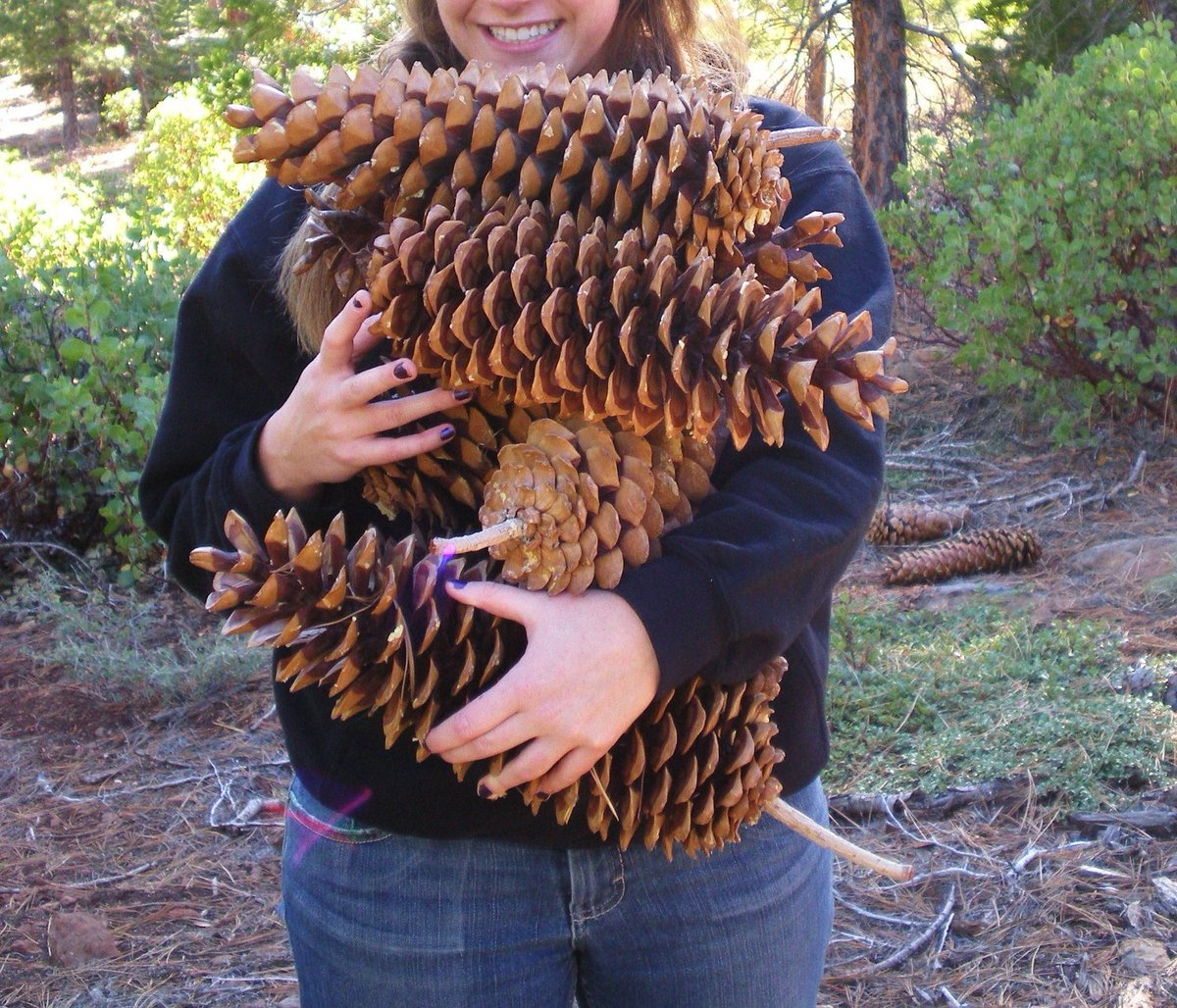
OTHER FUN FACTS
Dinosaurs ate pine cones! Today, squirrels, woodpeckers, and crossbills birds like to eat pine cones, but about sixty million years ago, they were a favorite meal of Parasaurolophus. Parasaurolophus dinos had teeth that were good for chewing tough pine cones.
White pines cones are the official flower of the state of Maine. Are pine cones technically flowers? No, they are not, which makes Maine the only state with an official state flower that are not flowers at all. (What’s up with that, Maine?).
In ancient times, pine cones were a symbol of fertility. Celtic women who wanted to have a baby put a pine cone under their pillow. Ancient Romans associated pine cones with Venus, Goddess of love and fertility.
Make a nature mandala and include pine cones!

